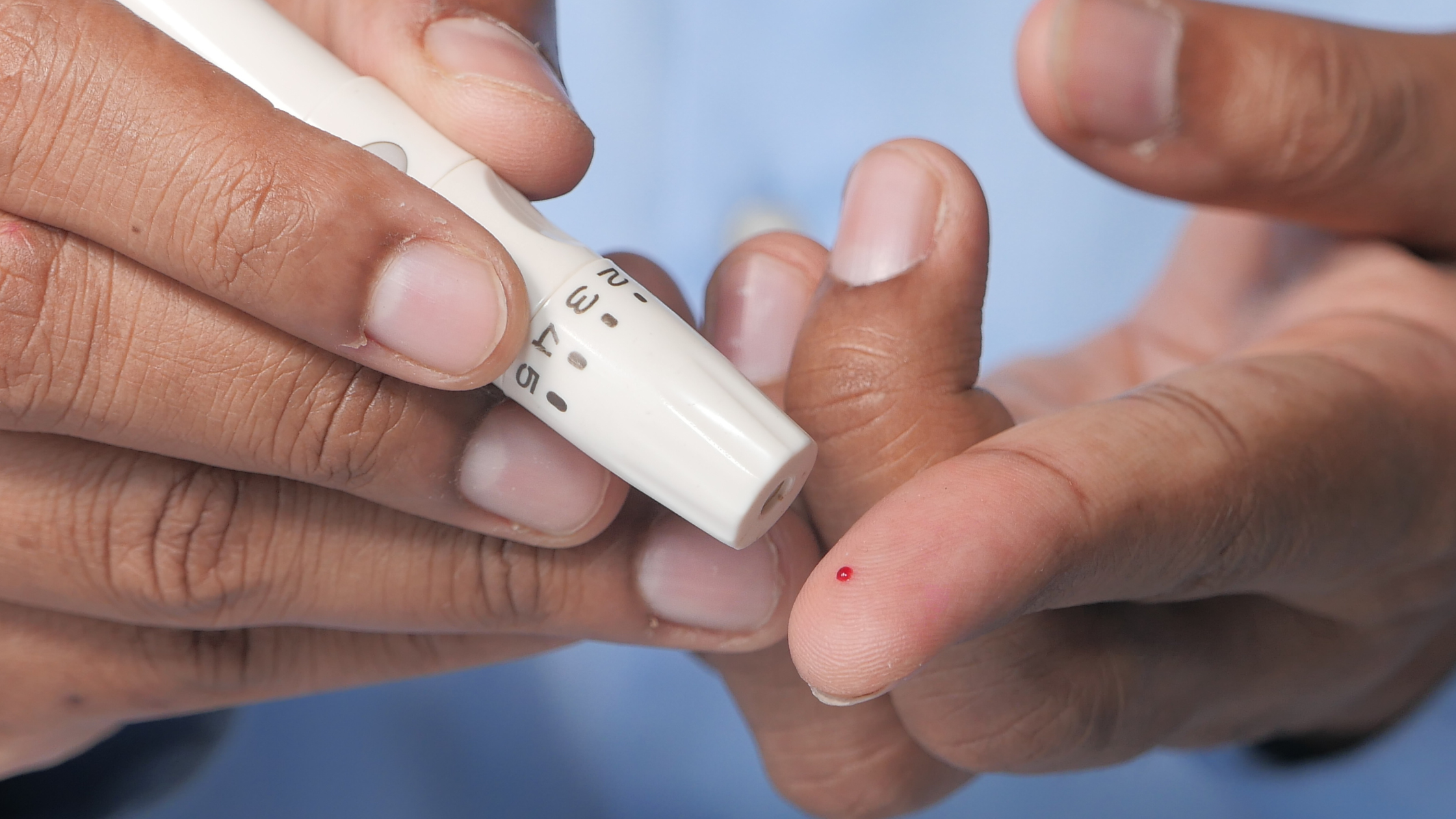Blog
The Best Hacks to Get Participants to Participate in Your Research Study

Maria Muccioli, PhD
Research Director
Market Research

Recruiting participants for noninterventional healthcare market research or clinical trial lead prequalification can be surprisingly tricky. From scheduling headaches to hesitations about participation, we’ve seen it all. But after working with hundreds of participants—kids, adults, caregivers, and more—we’ve found a few go-to strategies that actually work. And we’ve got the stories to back it up.
Here are our best hacks to get participants saying “yes” (and meaning it):
Below, we explore some common pitfalls and strategies to navigate them effectively.
1. Build Trust from the Start
Trust is everything. Participants need to know you’re not just legit—you’re looking out for them.
Start by being transparent: explain what the study is for (e.g., improving insulin pump technology, developing a new CGM app, or identifying what’s not working in current diabetes tools). Make it personal and relevant to their lives.
If participants have been in a study with you before, mention it! Familiarity can be a huge confidence booster.
And if there’s anything that might seem scary—like an “injection” component—clarify upfront. We’ve found that kids (and even adults!) get nervous unless you spell it out. For example: “You’ll be doing a mock injection into foam. No one is touching you, and you won’t be asked to change anything about your treatment.” When you lead with reassurance, people let their guard down.
2. Take the Human Element into Account
Everyone’s juggling something—jobs, kids, health issues, or all of the above. Make space for that.
One participant told us she was shocked (in a good way) when we accommodated her need for a kosher meal—something she’d never had happen before. Another appreciated that we asked, “You sound hesitant—can you share what’s holding you back?” It led to a great conversation about driving at night, and we ended up shifting the study time an hour earlier for her.
Pro tip: If parents are participating, plan for their kids. We've seen success with having toys on-site, allowing children to attend, and even just building in extra time for parents who need a slower pace.
And ask yourself—do the kids really need to be there? If a child is fully dependent on their parent for diabetes management, maybe they don’t need to miss school.
3. Simplify the Participation Process
People are more likely to show up when the process is seamless.
Offer digital consent forms and easy scheduling tools. Provide detailed logistics: maps, parking info, and a point person for onsite questions. One participant was super grateful when our team wore branded shirts—she said it made her feel like she “was in the right place with the right people.”
And when the parking lot turned out to be three blocks away? We arranged a shuttle. Little details make a big difference.
4. Use Multiple Communication Channels
Don’t assume email is enough. Participants respond differently—some prefer texts, others want a phone call.
Follow up with reminders, offer troubleshooting help, and be available when questions pop up. It’s not just about reaching people; it’s about being reachable.
View our panel book to see if Thrivable has the patients you are seeking to reach
5. Address Language and Accessibility Barriers
Translation services and disability accommodations are key.
If the study involves pediatric participants, check if it’s possible to allow multiple children onsite or provide space for siblings. You’d be surprised how much smoother things go when you plan for real family life.
6. Maintain Continuous Engagement
Keep participants in the loop—not just during the study, but after.
Send thank-you notes, progress updates, and reminders for the next steps. If a participant contacts you about a payment issue, help them resolve it quickly.
7. Highlight the Impact of Their Contribution
Most people want to feel like they’re making a difference.
Show them how their feedback leads to better tech, improved policies, and meaningful change. The more connected they feel to the outcome, the more likely they are to commit.
Final Thoughts
Recruiting for research isn’t just about filling seats—it’s about building relationships. Be flexible. Be human. Be helpful. Whether it’s arranging a shuttle or calming a nervous kid, those small efforts build trust and increase participation.
With the right approach, you won’t just get participants—you’ll earn partners.
About the author

Maria Muccioli, PhD
Research Director
Maria brings clinical research expertise to her work overseeing healthcare market research programs for Thrivable customers. She earned a PhD in Molecular and Cellular Biology from Ohio University and was also a postdoctoral researcher at the Ohio State University and a fellow at the Brigham and Women’s Hospital and Harvard Medical School.
Related Content
-

Case Study
Case Study: How Thrivable Delivered Comprehensive Insights to Tandem Diabetes in Just 15 Days
Agile Enterprise
-

-



